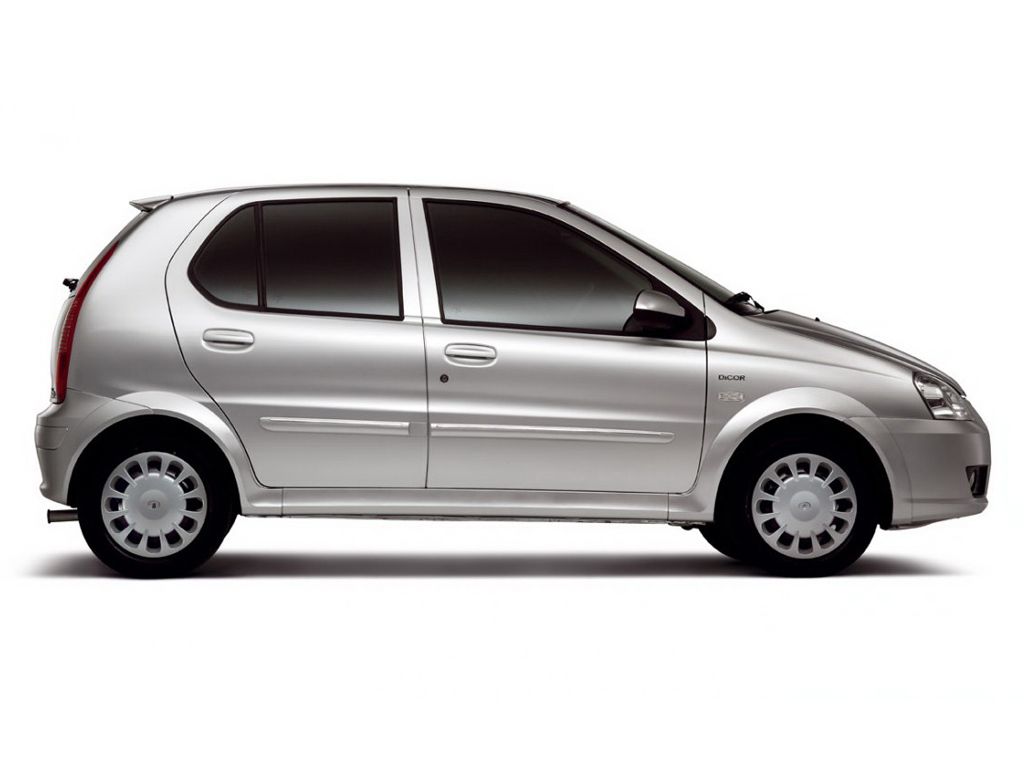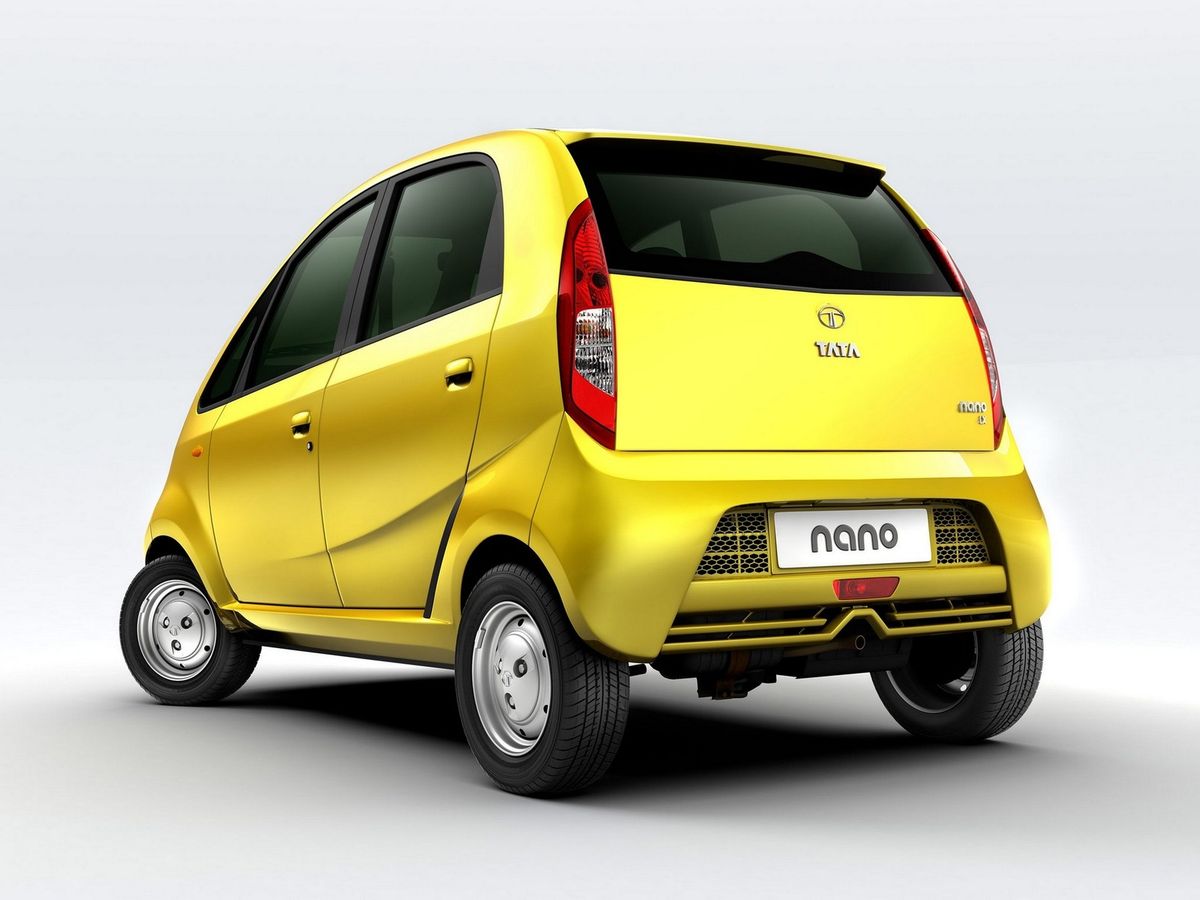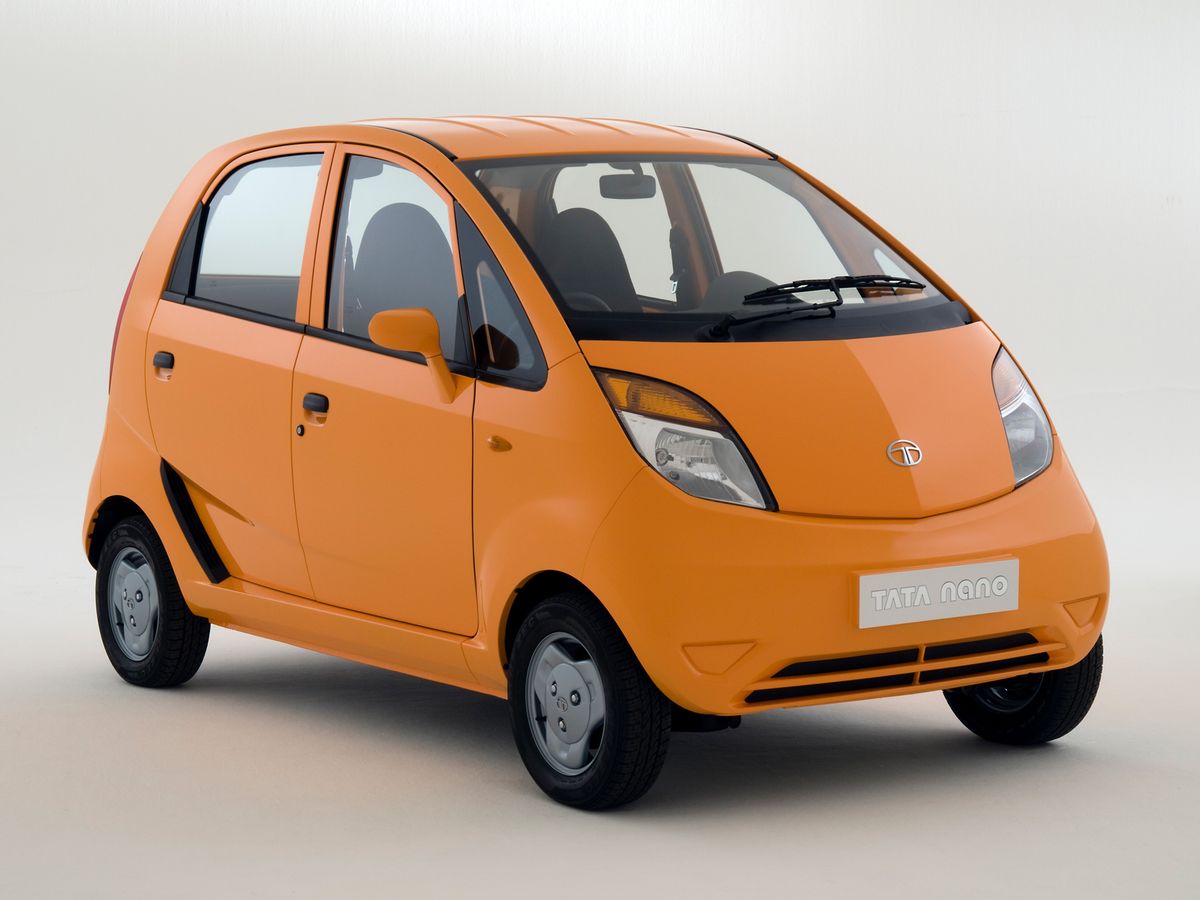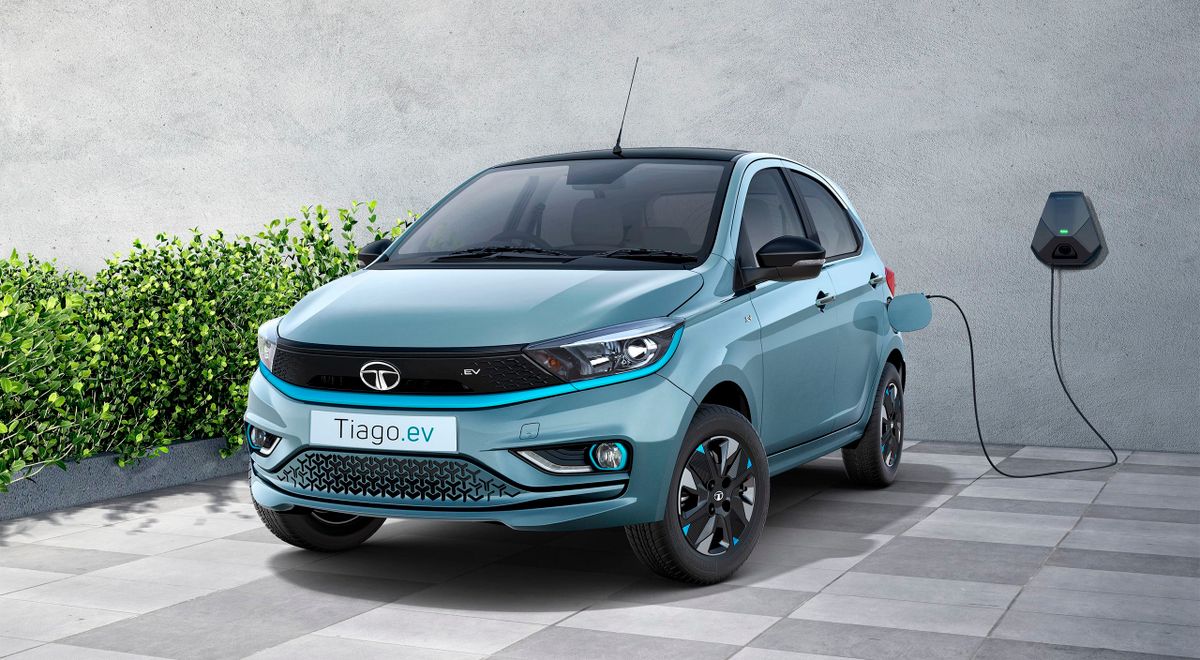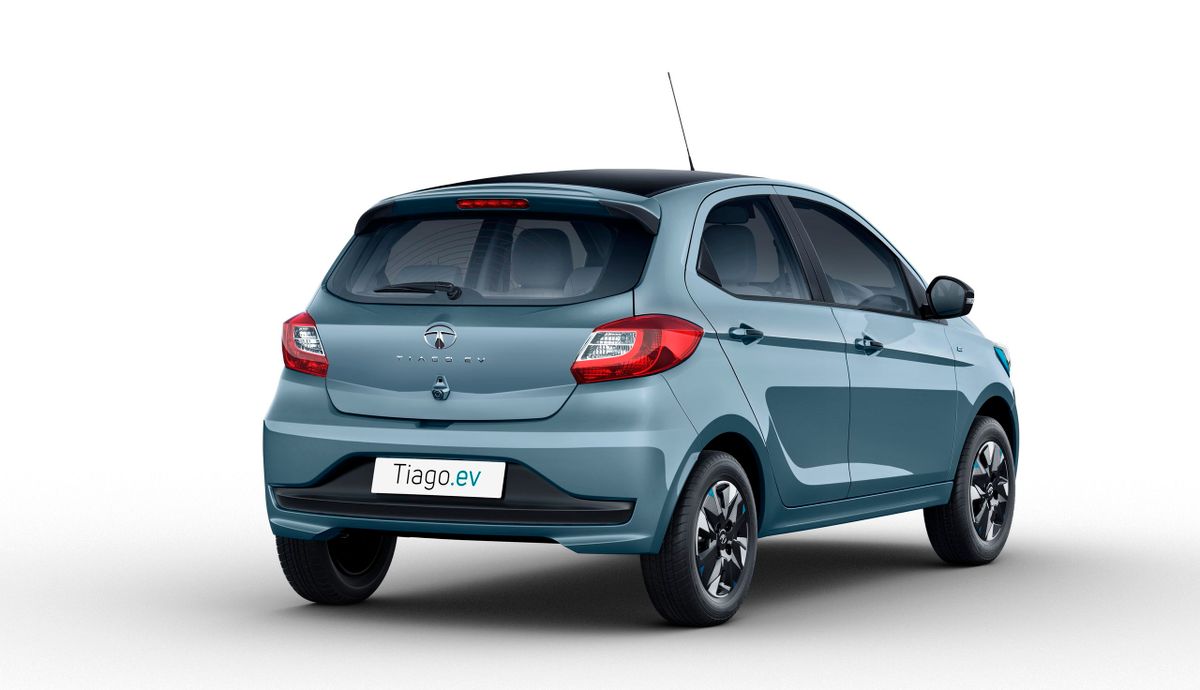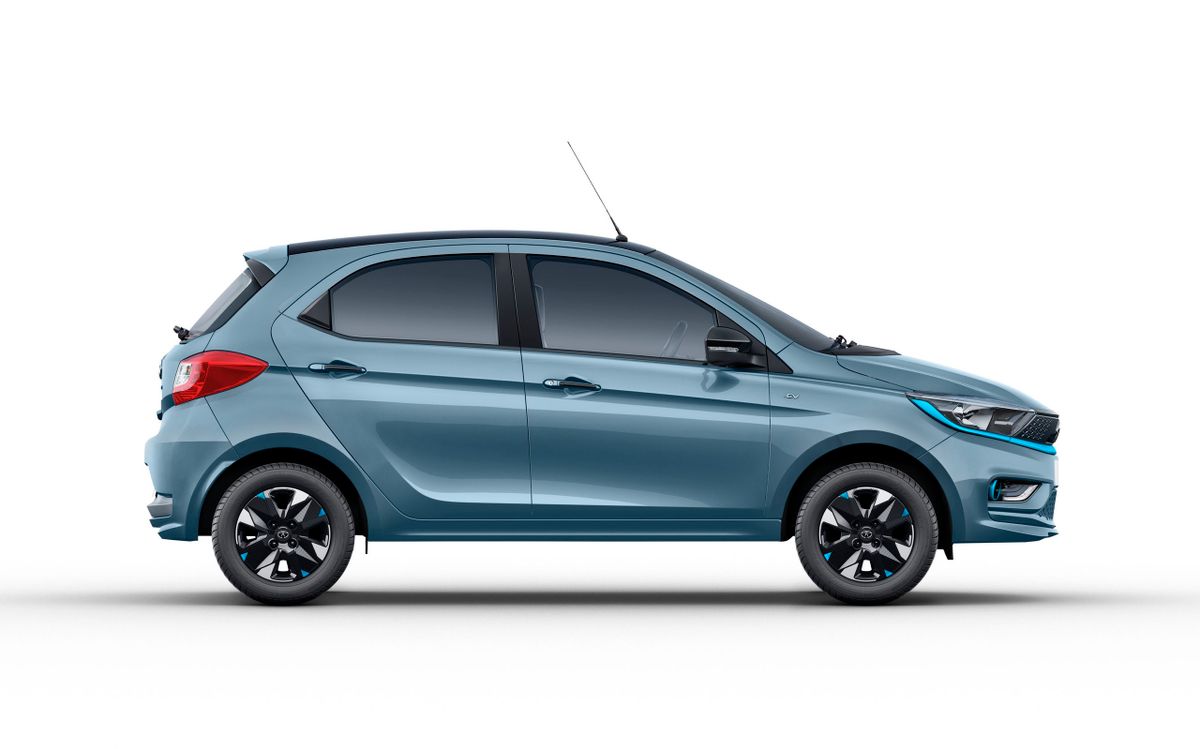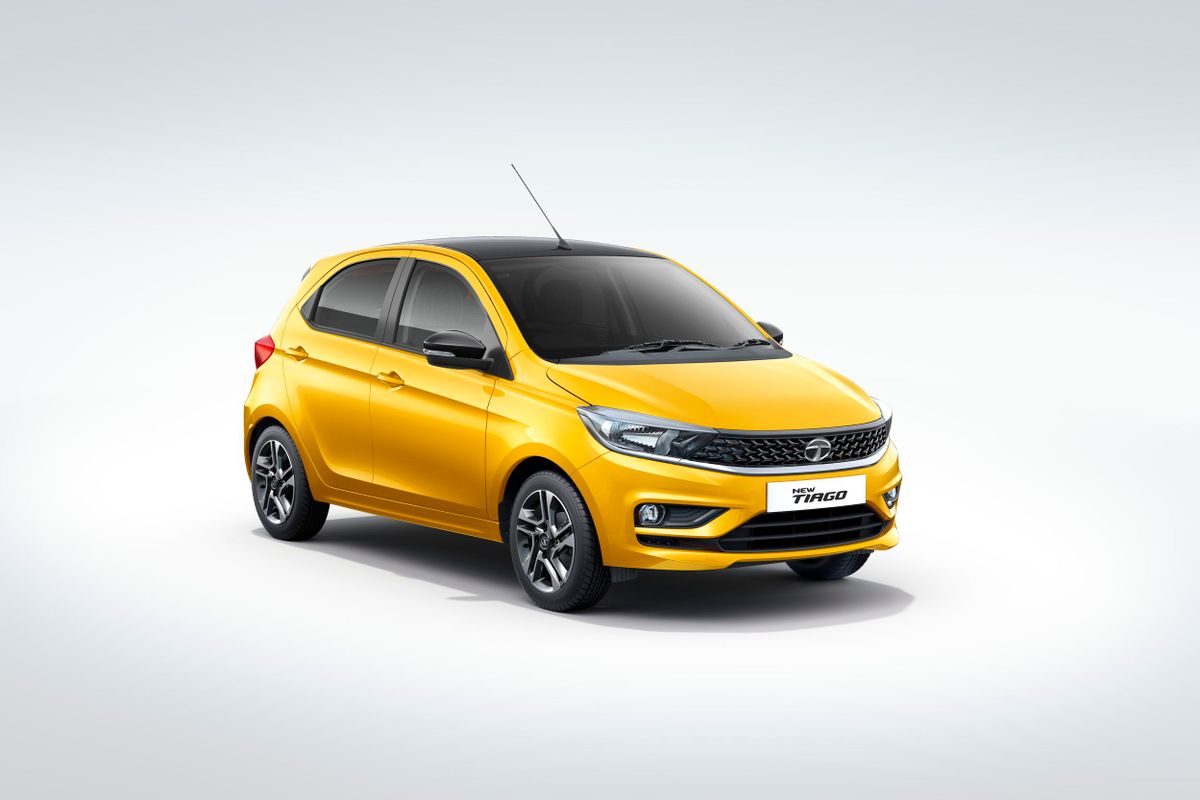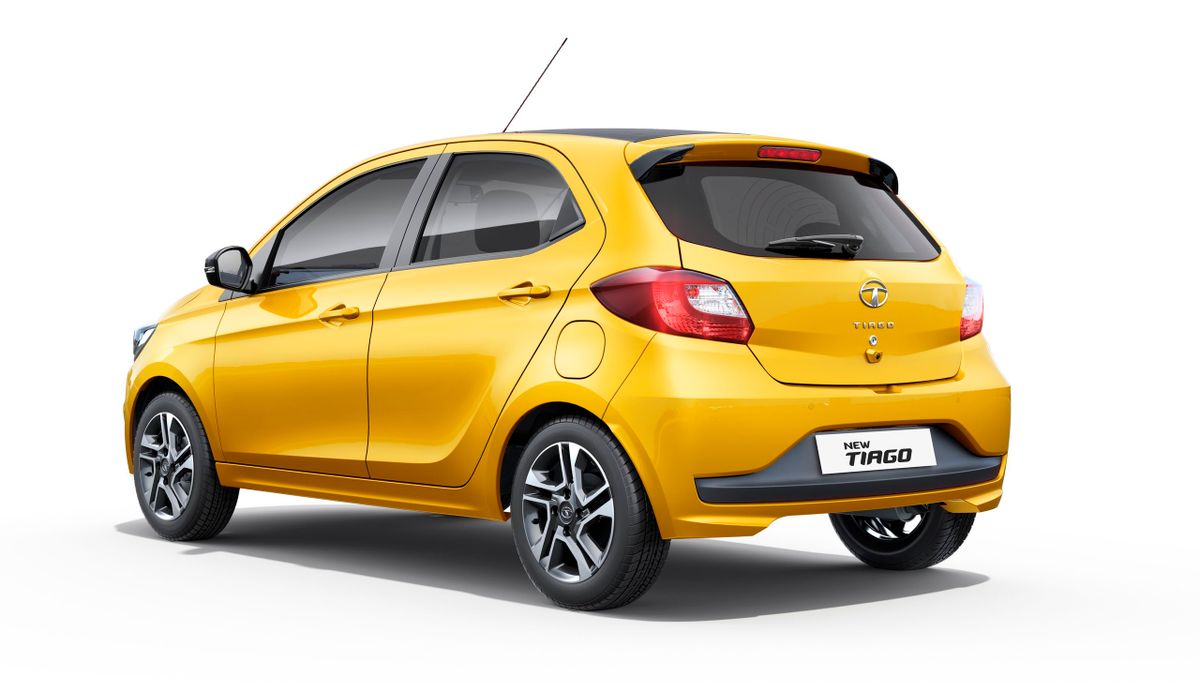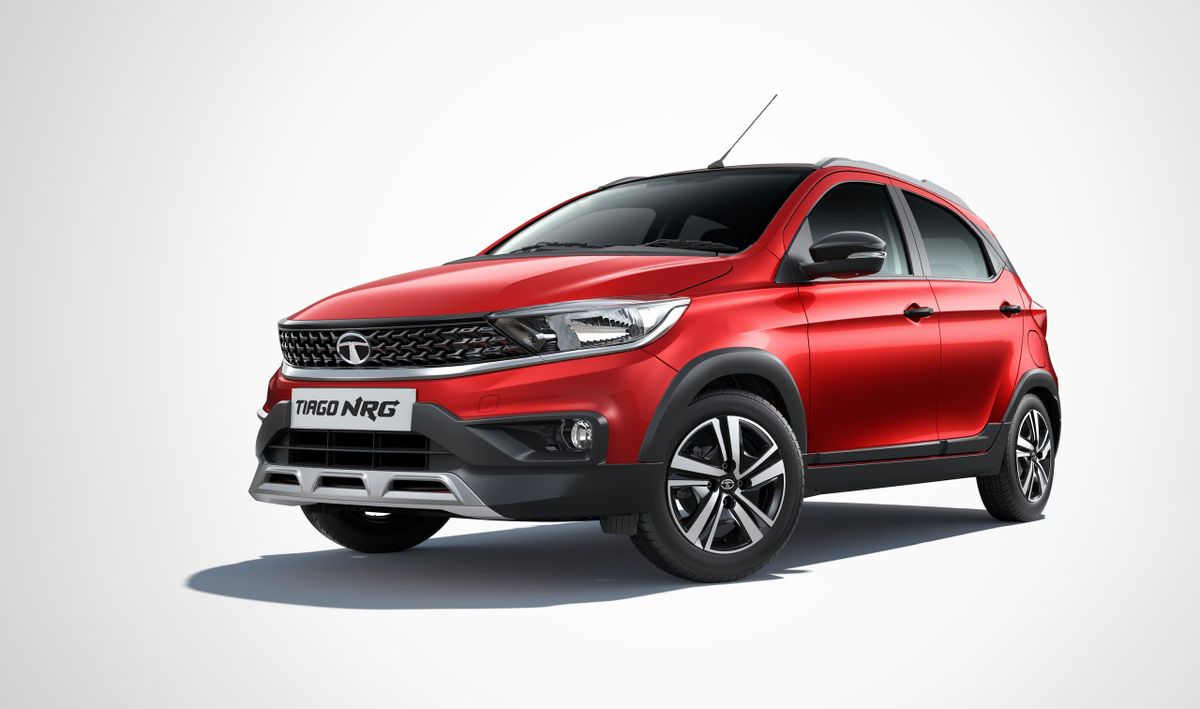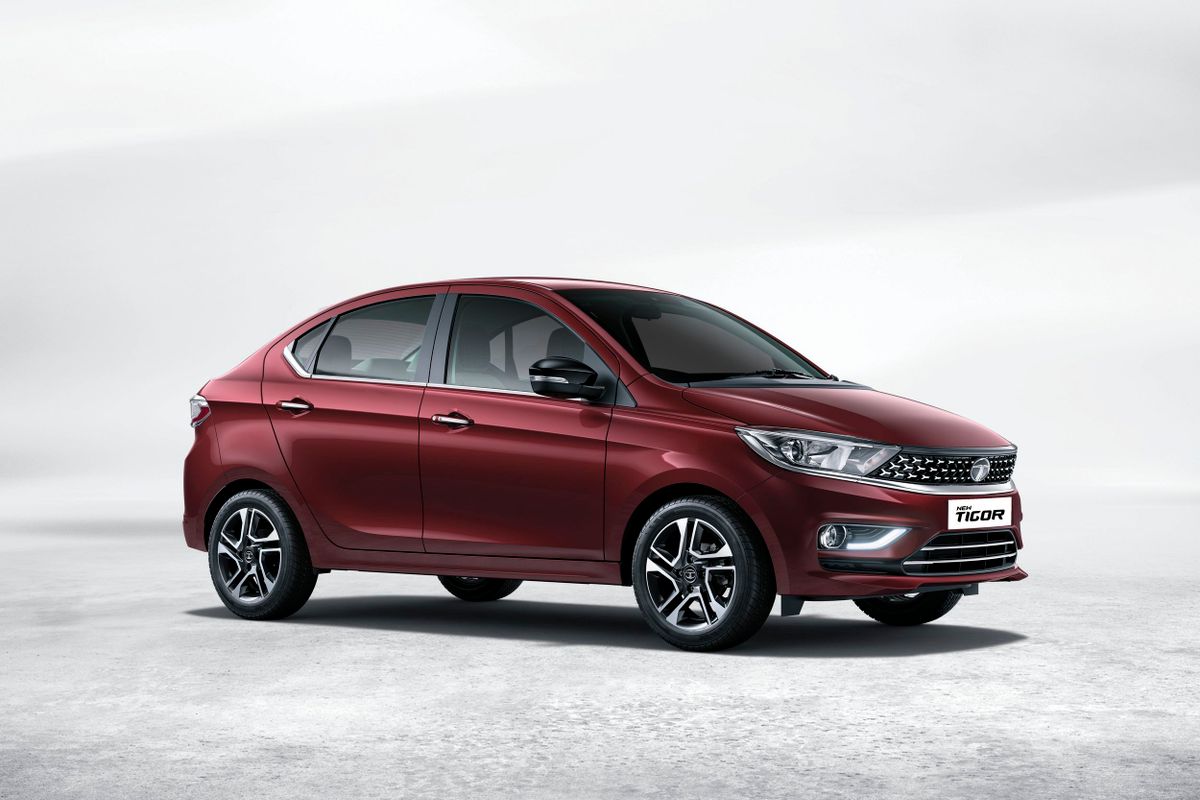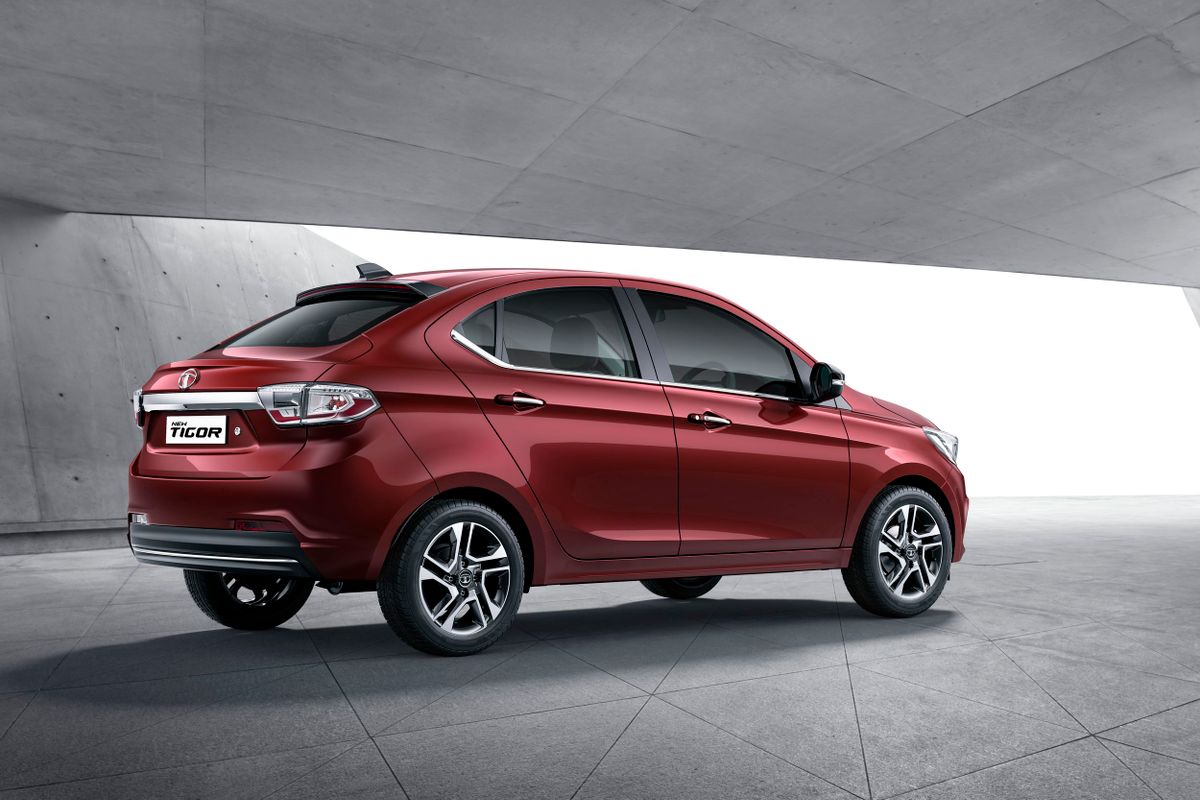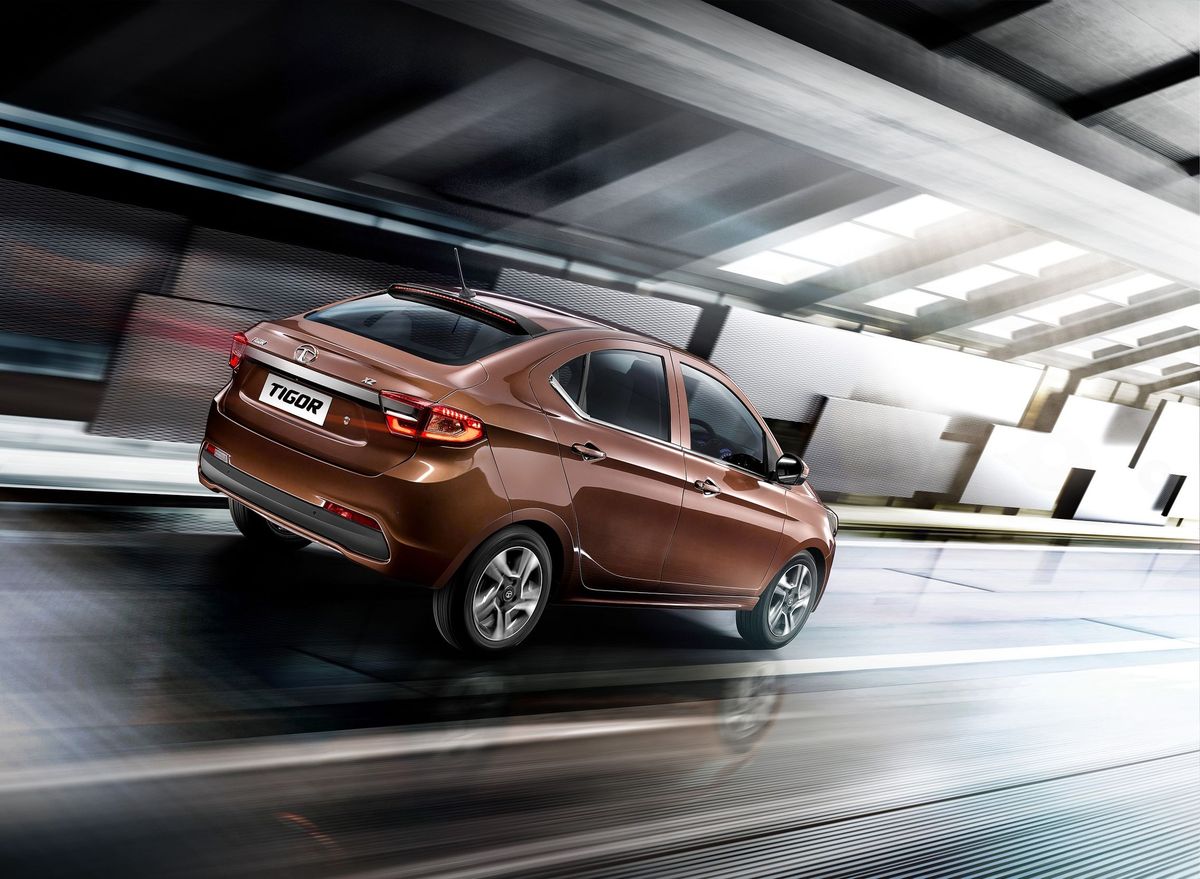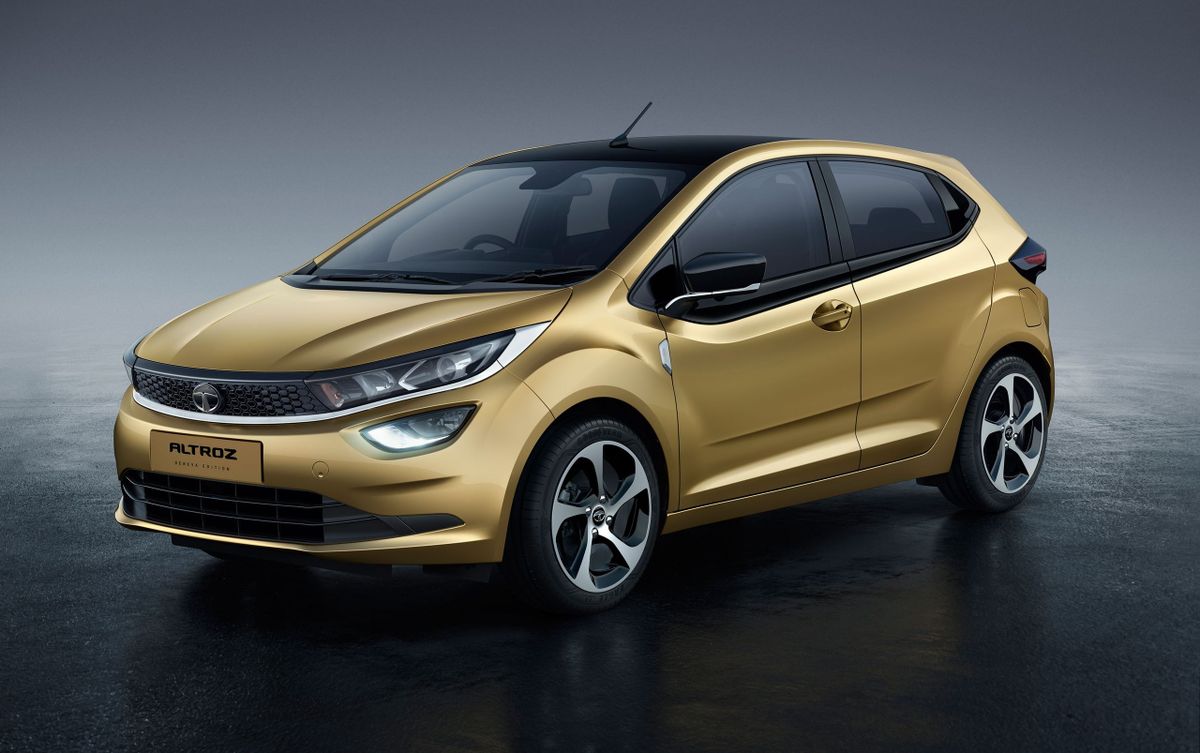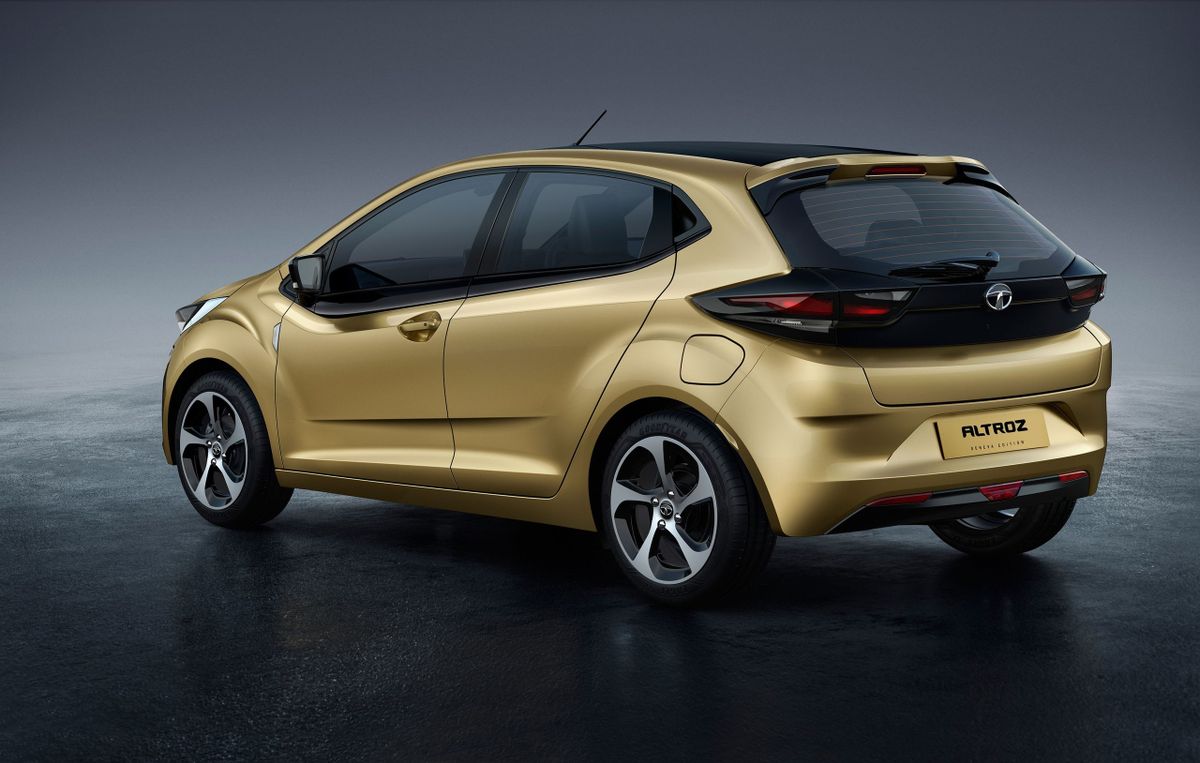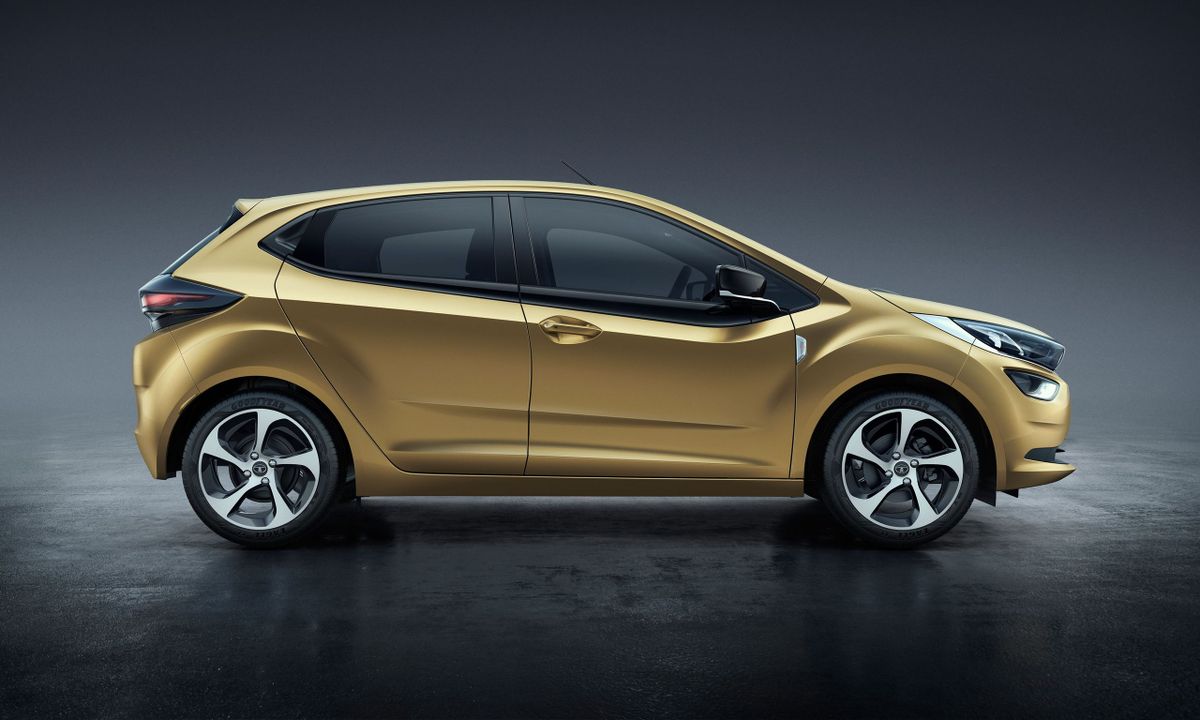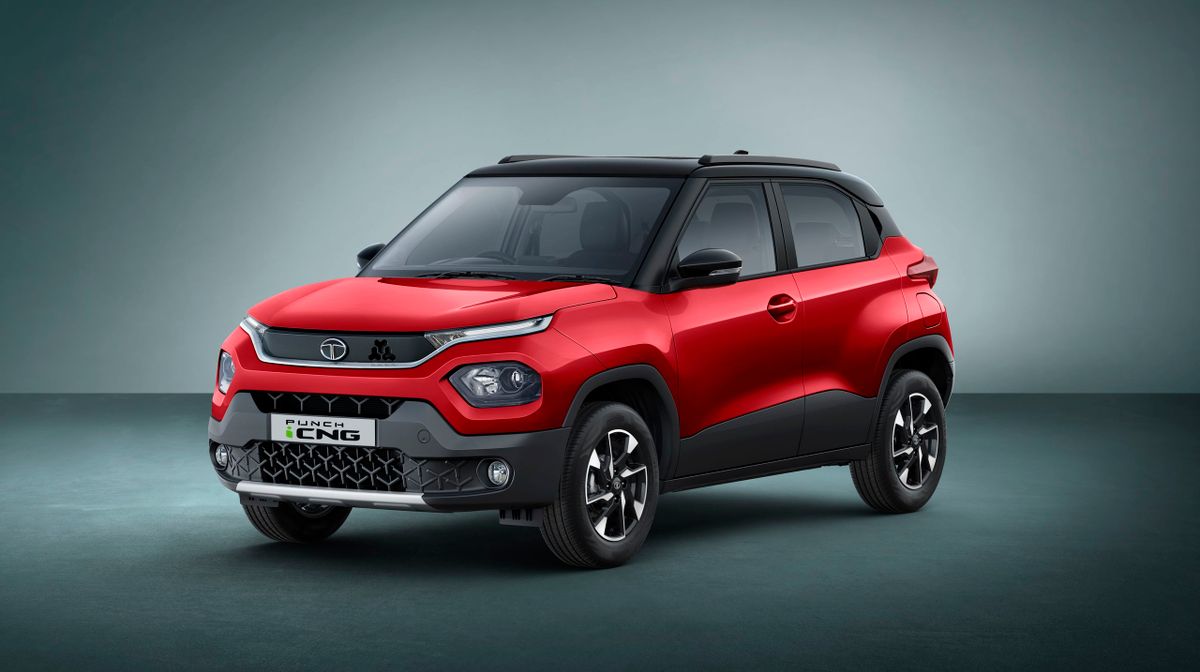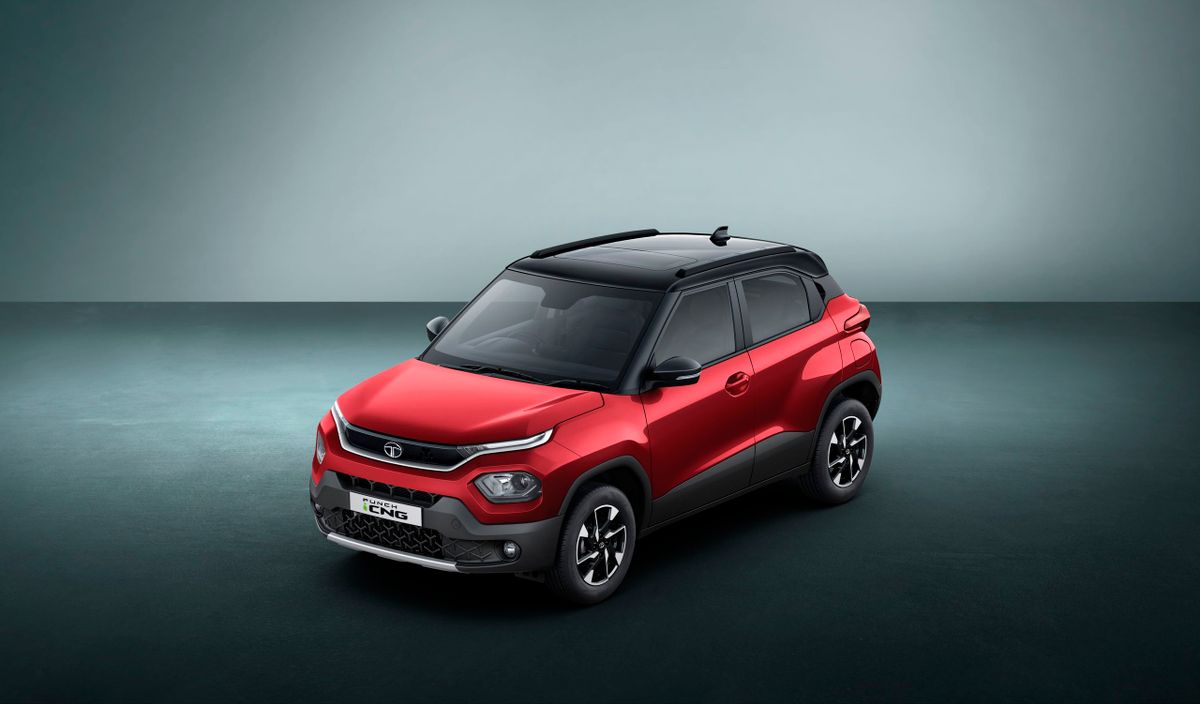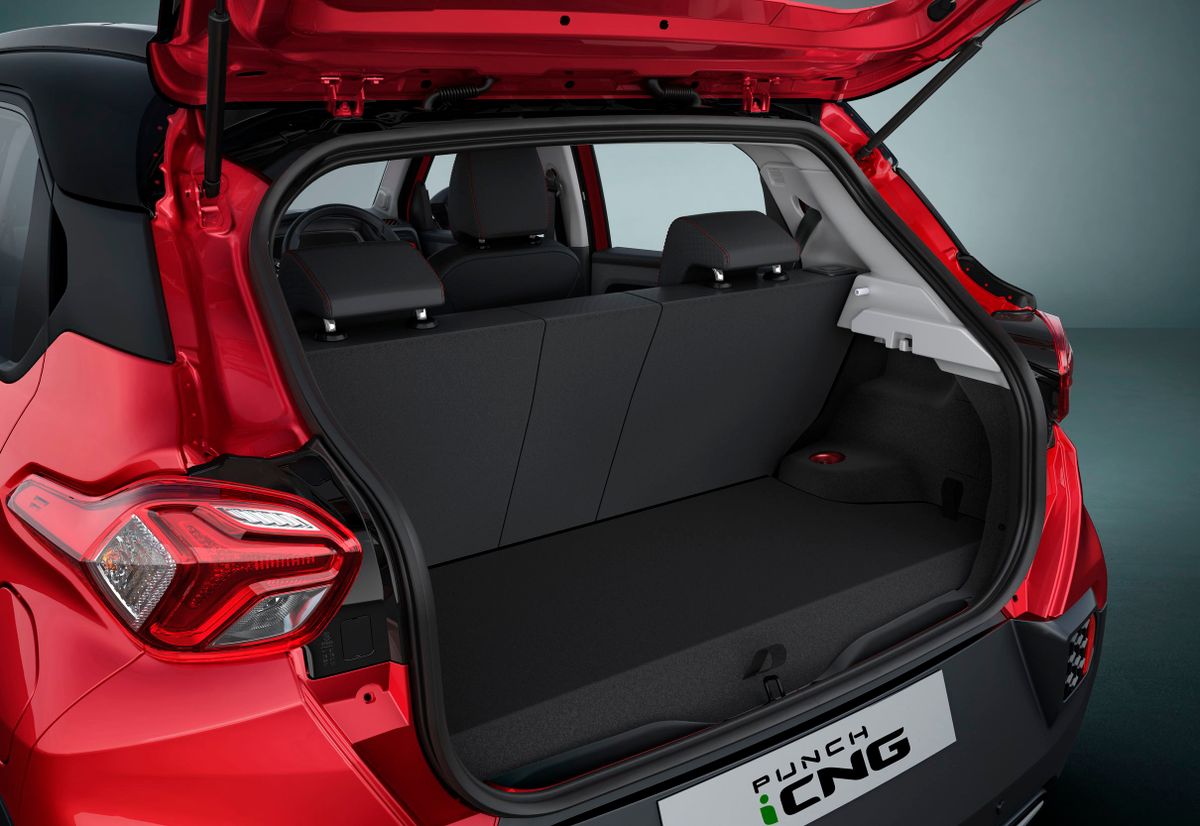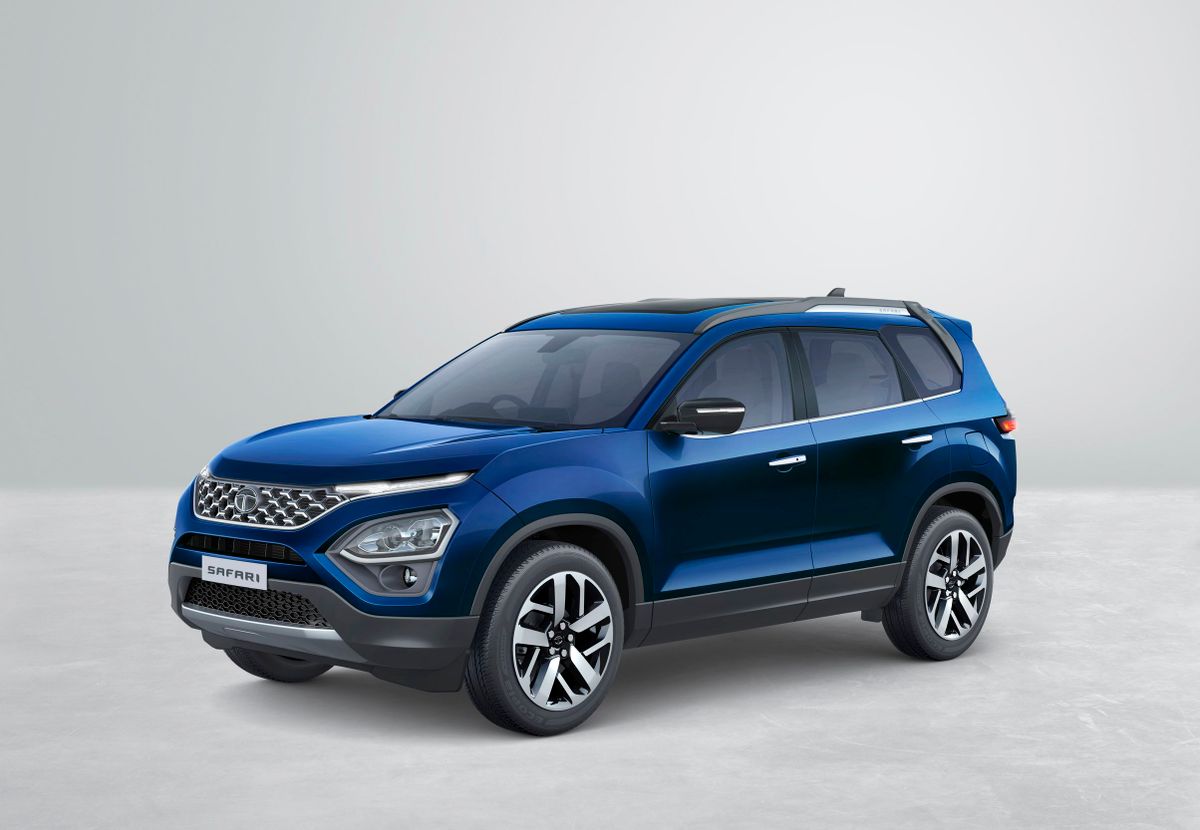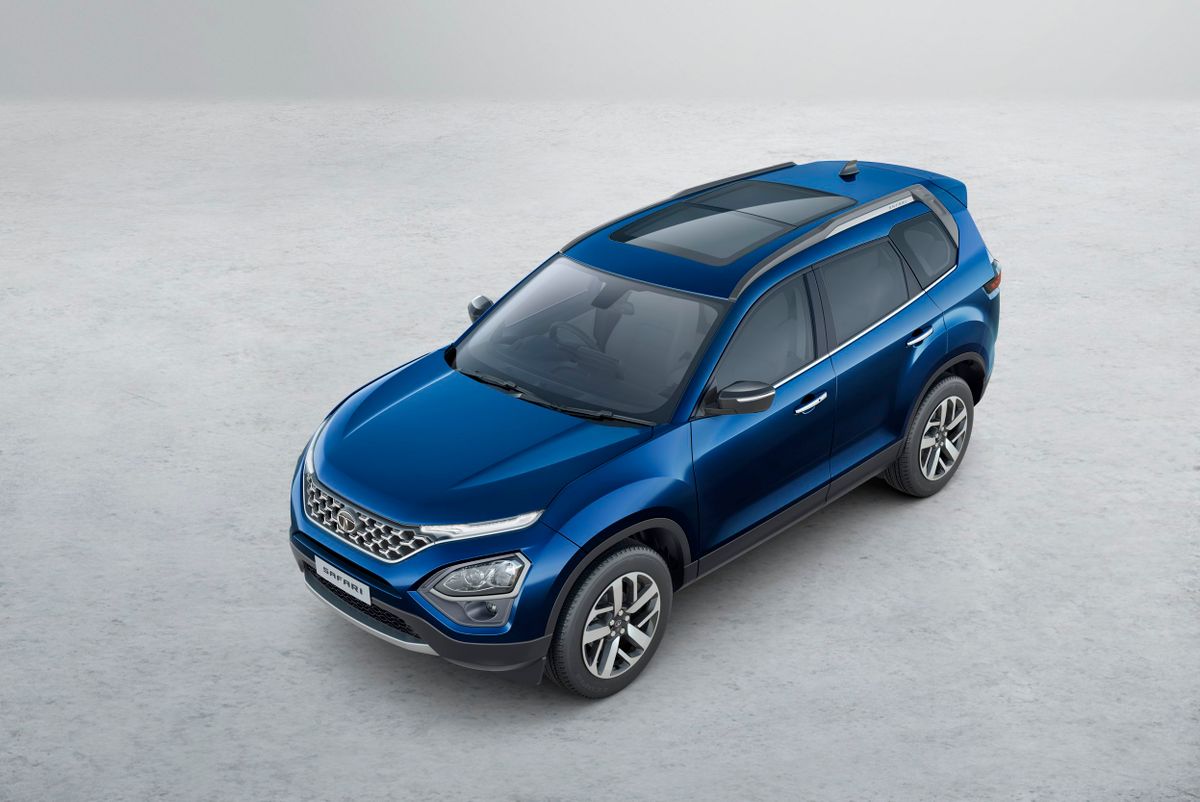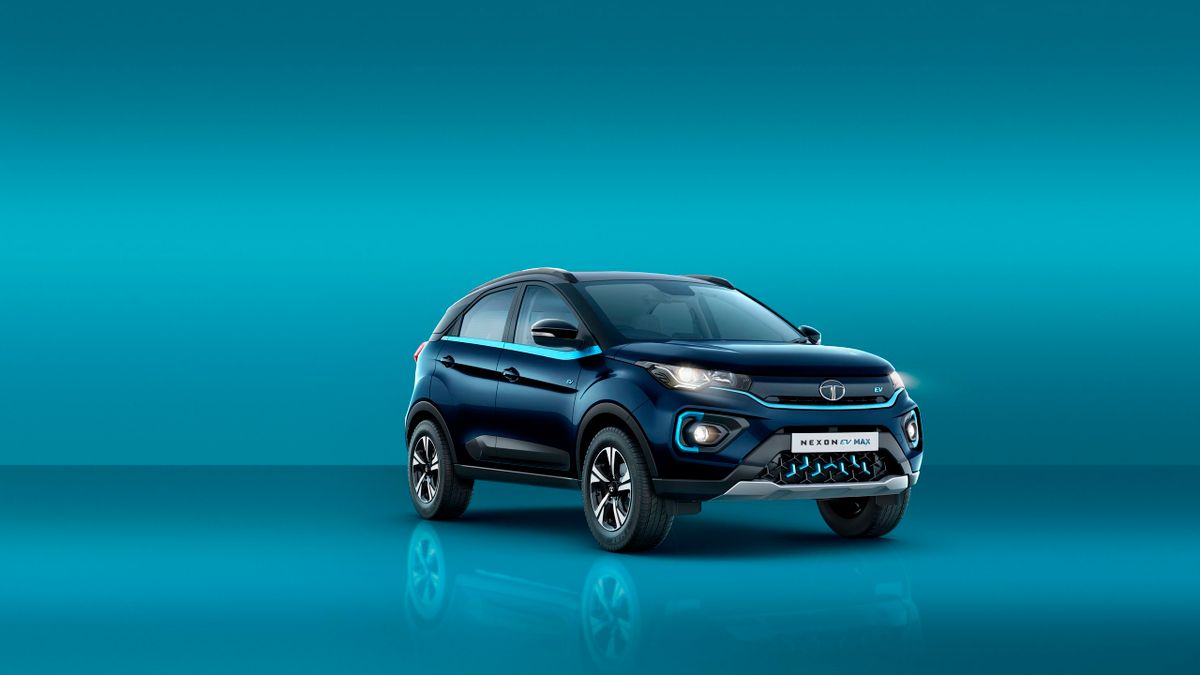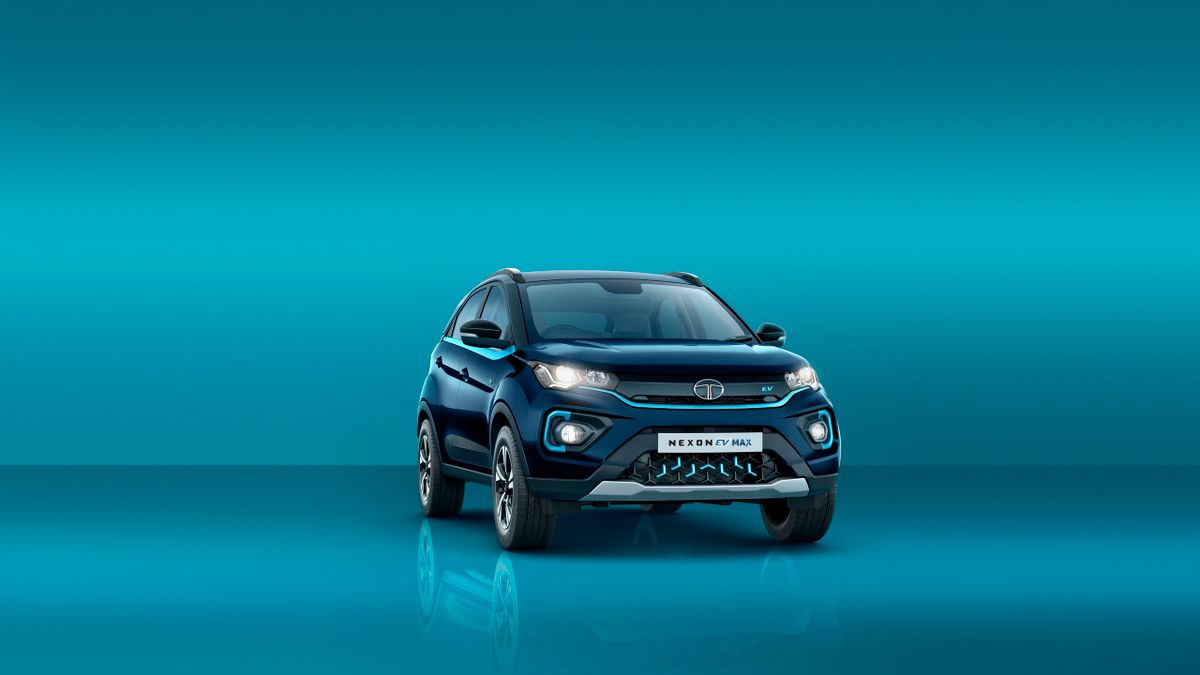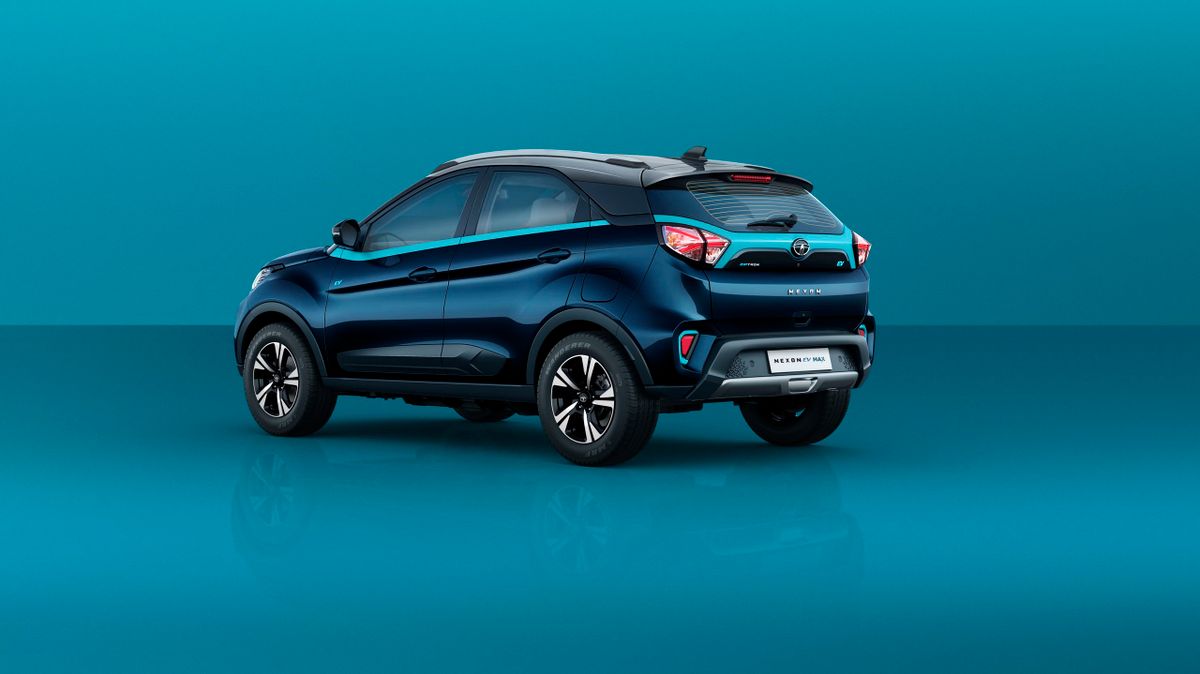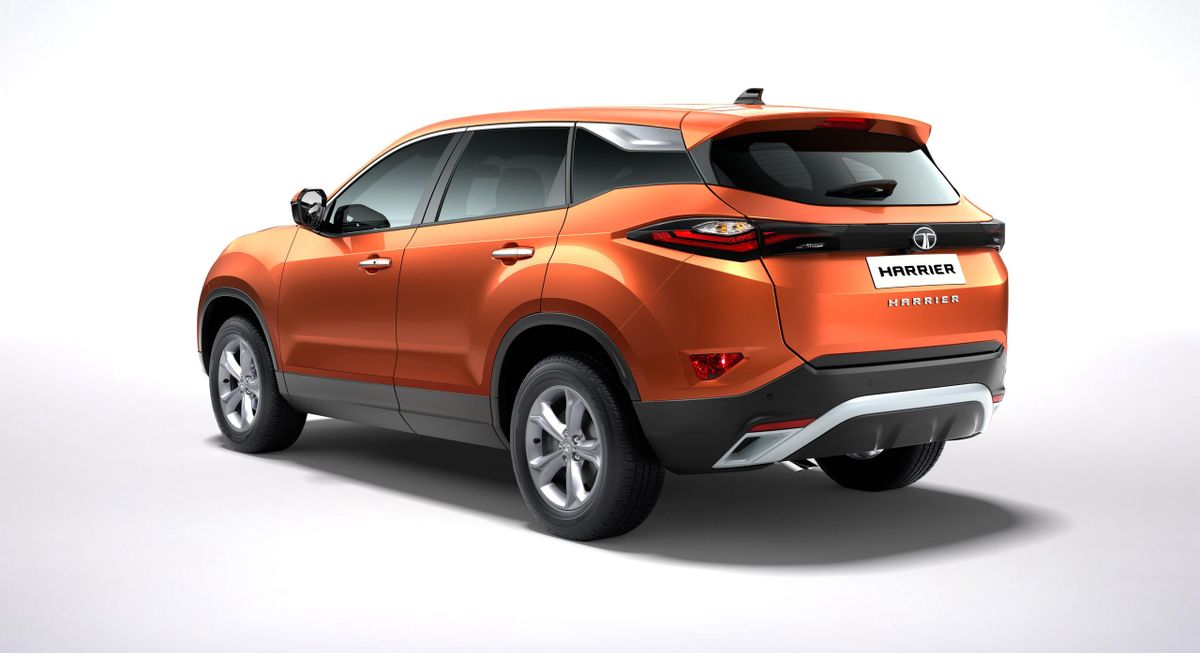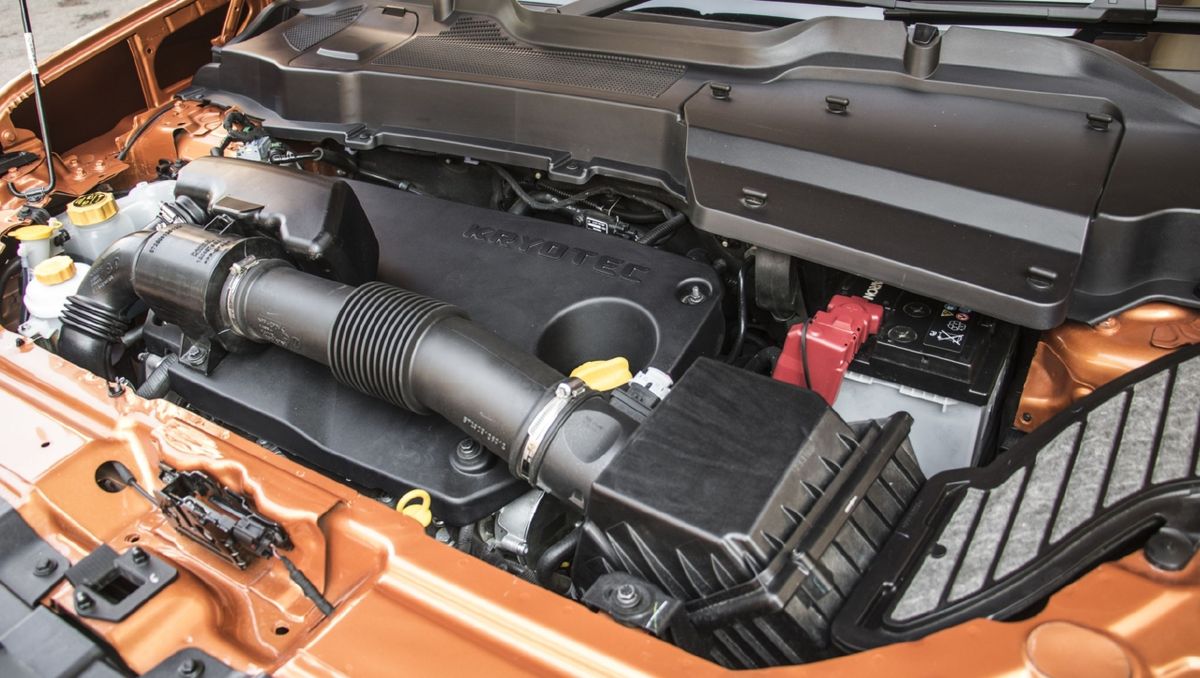
Tata. From locomotives to electric vehicles
Tata (Tata Motors Limited) is one of the largest automakers in India, headquartered in Mumbai. It is part of the Tata Group. The company, which has come a long way from locomotives to electric vehicles, currently produces cars, trucks, vans and buses, and owns several car factories in India, Argentina, South Africa, the UK and Thailand. It has its own research and development centers in India and South Korea, Great Britain and Spain.
Origins
In 1945, Tata Engineering and Locomotive Company (TELCO) was building railroad locomotives. In 1954, it built its first car in collaboration with Daimler-Benz AG, the 407 truck based on the Mercedes-Benz T2. In 1988, Tata entered the passenger car market with the all-wheel drive Tatamobil pickup. In 1991, the manufacturer released the Tata Sierra, a 4.4-meter SUV based on a 3-door pickup truck.
In 1998, the company introduced its first passenger car, the Tata Indica, the first Indian hatchback with a diesel engine. The model was a real bestseller. Since the end of 2004, the Indica has been exported to the countries of Europe and Africa, and was discontinued only in April 2018.
In 2008, another important model was released. The Tata Nano became the most affordable car in the world with a price of 2,500 dollars. And the same car, decorated with gold with a total weight of 80 kg and ten thousand precious and semi-precious stones, became the most expensive car in the world. This was a publicity stunt from Tata and the Gold Plus company.
Tata’s empire
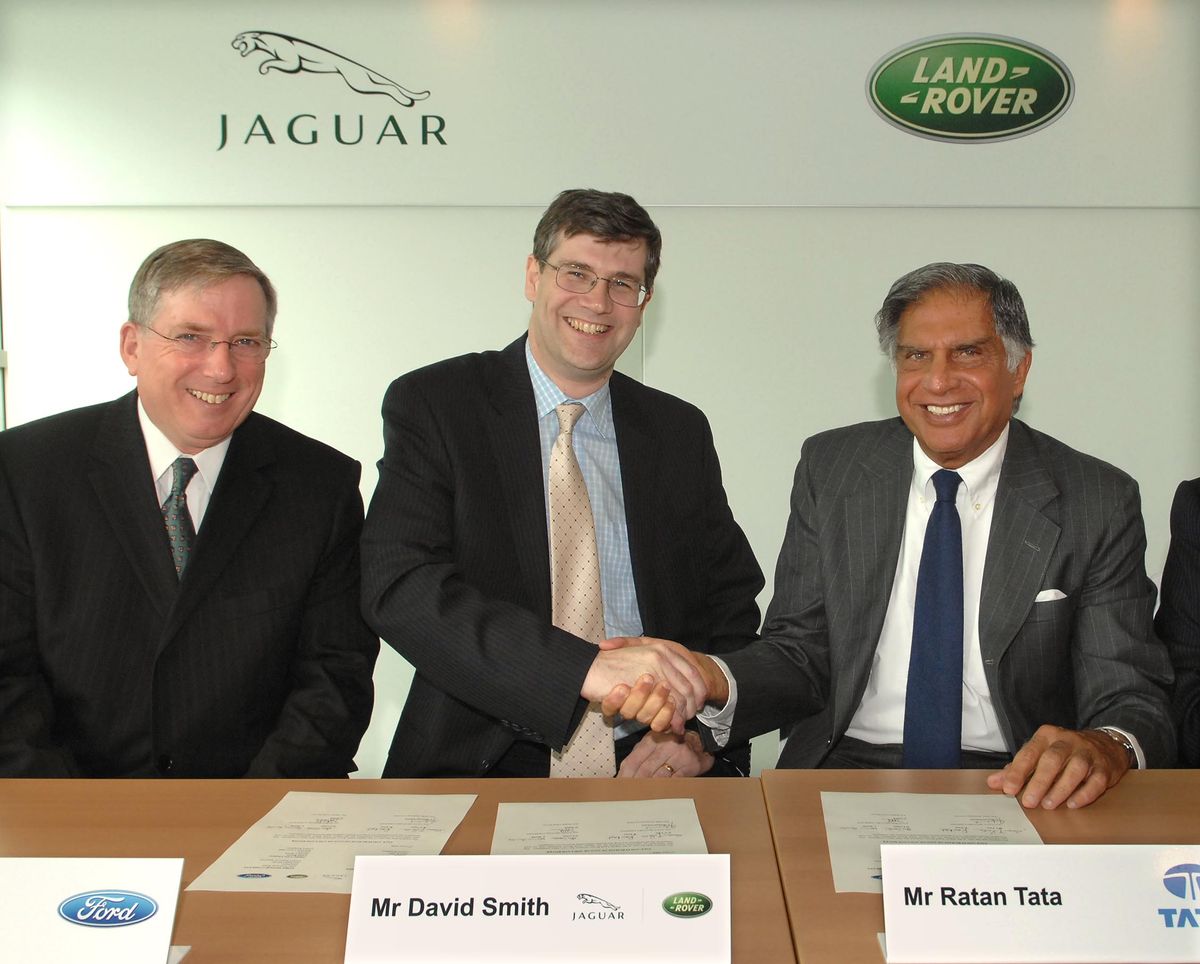
In 2004, Tata Motors acquired South Korean truck manufacturer Daewoo Commercial Vehicles Company. It bought different companies in Spain, Italy and Brazil. There are also joint ventures: with Hitachi for the production of construction equipment and with Stellantis for the creation of cars under the Fiat Chrysler and Tata brands. But the most important event (primarily for the fans) happened in 2008 when Tata became the owner of the legendary British brand, Jaguar Land Rover. On October 12, 2021, private equity firm TPG invested 1 billion dollars in Tata’s electric vehicle production.
Near future
Like the whole world, Tata is gradually switching to electricity. The electric Tata Tiago.ev, India’s first electric car, was released in 2023, followed by three electric SUVs. In 2024, the manufacturer will launch the production of the Harrier EV with a twin-engine powertrain and a driving range of 400-500 km. It will be followed by a coupe-like SUV with gasoline and electric versions. The updated Sierra will also be subjected to electrification and will debut in 2025.
Model range
In 2023, the manufacturer’s passenger car lineup comprises the Tiago, Altroz, Tigor, Punch, Safari, Harrier, Nexon and their electric versions.
Tata Tiago
The 5-door hatchback with a length of 3.75 m is equipped with 1.2-liter 3-cylinder engines running on gasoline or liquefied gas, as well as a 1.1-liter diesel engine. The engines are paired with 5-speed manual gearboxes or 6-speed dual-clutch robotic gearboxes. In September 2018, the manufacturer released the Tiago NRG crossover hatchback, designed in off-road style. In 2023, India’s first electric car, the Tata Tiago.ev, was released with one electric motor on the front axle with a capacity of 62 or 74 hp and a battery with a capacity of 19.2 or 24 kWh. The driving range is 255 or 315 km (according to the Indian MIDC cycle).
Tata Tigor
This is a sedan based on the Tiago. Its three-box body is 4 m long, which allows the car to be entitled to benefits, but the wheelbase, compared to the base model, is 5 cm longer. It also has an electric version, which was released in October 2019. Created specifically for taxi owners, it received a driving range of 213 km, which was later increased: in August 2021 to 306 km, in November 2022 to 315 km.
Tata Altroz
The stylish hatchback has been on sale since 2020. It has partially inherited its powertrains from the Tiago. At the same time, it can be equipped with a 1.2-liter turbo engine and a 1.5-liter diesel engine. The gearboxes are the same as those of the Tiago. The entry-level version with two airbags, tested by Global NCAP, received 5 stars for the protection of adult passengers. In 2023, the manufacturer released the Racer sports version with a 1.2-liter turbo engine with a capacity of 120 hp and 6-speed manual gearbox. In addition, there will be the iCNG gas version (with two cylinders under the trunk floor), which will replace the diesel one.
Tata Punch
A tiny SUV with a length of 3.8 meters, built on the Altroz platform, was presented on October 4, 2021. The vehicle looks somewhat aggressive, being reminiscent of the new Hyundai models thanks to the two-story optics. It is equipped with a 1.2-liter turbo 3-cylinder gasoline engine. It has received 5 stars for adult safety.
Tata Safari
Almost the only mid-size SUV of the Indian brand with a length of 4.7 meters. The front-wheel drive vehicle with a diesel engine comes with a 3-row passenger compartment with 6 or 7 seats.
Tata Nexon
The subcompact SUV has been produced since 2016. In 2022, it became India’s best-selling SUV. It was based on the Tiago hatchback. It also has an electric version with one 127 hp electric motor, released in December 2019. In May 2022, the model range was supplemented by the Nexon EV Max with a 40.5 kWh battery, offering a driving range of 437 km according to the Indian ARAI standard.
Tata Harrier
This is a compact 5-seater SUV, 4.6 m long, which is actually a shortened version of the Safari. It comes with 2.0-liter diesel engine. It is based on the OmegaArc platform, which makes it related to the Jaguar E-Pace and Range Rover Evoque. The engine is paired with a 6-speed gearbox. The SUV is front-wheel drive.




